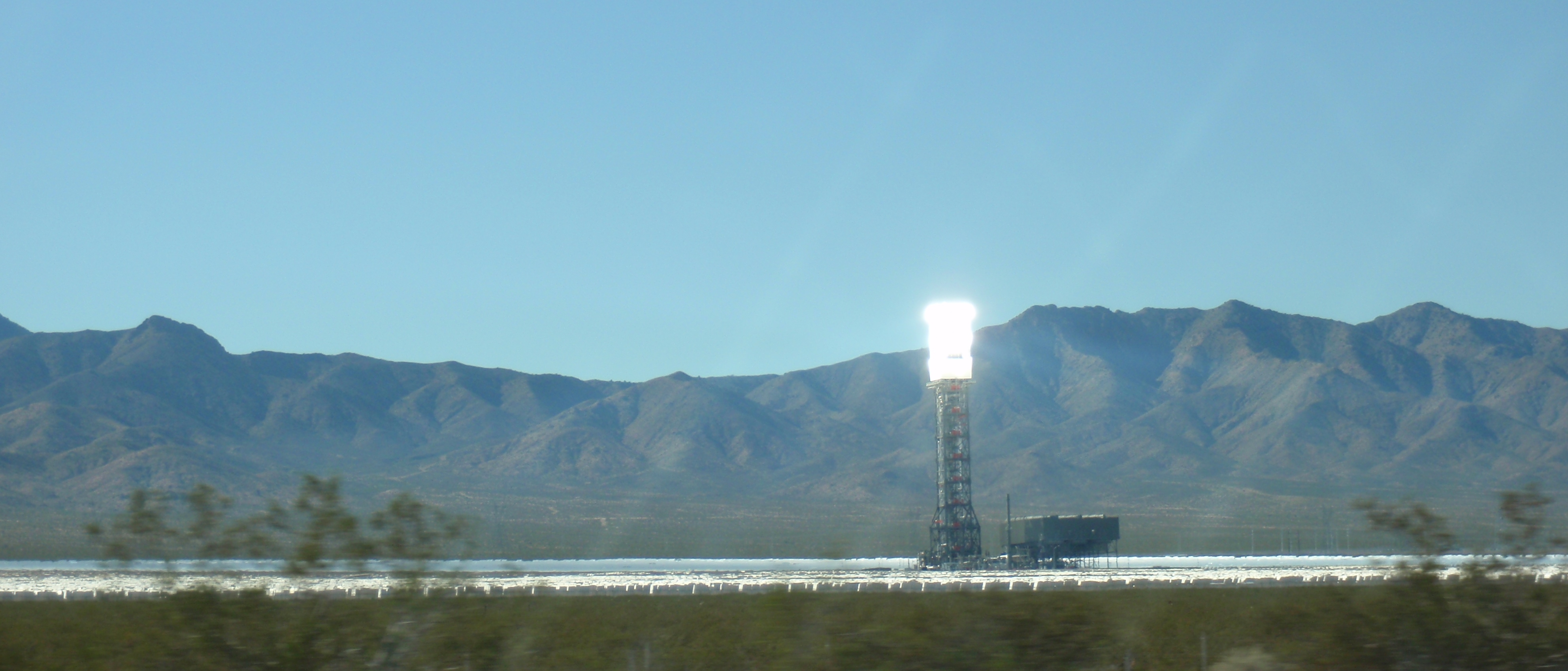This is the third post in a series based on an article from the Canada Free Press dated 1-18-14: Hard Times Hit Large Scale Solar Energy.
The first post here summarized why solar farms are in trouble generally and described the extensive subsidies that supported them. The second post here described more of the environmental harm generated at one solar farm. This final part got bumped by the opening of the big facility near the Nevada border.
Solar plants used to be quite lucrative financially.
Solar plants used to be quite the money-maker, what with unwilling demand from customers created by regulators, big federal tax credits realized before construction, and huge loan guarantees.
From the article
[an advisor to developers said] “Generous federal and state incentives and federally guaranteed loans provided investor returns of 15 percent to 20 percent. But those days are gone. It’s not as attractive to private equity players now.”
A 15% to 20% return. Very cool. That is to say, cool for investors who can get into the programs.
No so much for taxpayers.
Or consumers.
Or protected migratory birds.
Or desert tortoises.
But I digress. Back to the financial story...
A financial picture of financing a thermal solar farm
Let me put together some of the numbers I’ve gathered using the Ivanpah solar farm as an example.
- $2.5B – reported total cost
- $0.6B – 30% upfront investment tax credit, making a wild assumption that about $2B is eligible for ITC
- $1.9B – net costs to be funded
- $1.6B – reported guaranteed loan, at interest one-half the market rate
- $0.3B – cost to be funded by owner, either through additional borrowing or equity
So by putting up equity equal to around 12% of the total cost (or getting other lenders to chip in), the project owner can have a solar plant that produces expensive electricity that customers are forced to buy.
Sounds like a good business model to me. What could go wrong?
(Yes, that’s sarcasm. I try to avoid corrosive forms of humor, but everything about solar and wind power as it exists today is so deserving of ridicule.)
Prospects for future solar farms
That number picture lets me see the damage from spending an extra $56M or $58M on mitigation for desert tortoises. Think about adding $58M to the $300M already invested, then recalculating your return. That cuts the ROI substantially.
Adding in further monitoring and mitigation for melting the wings off protected birds would further shrink the ROI. The monitoring would likely be open-ended in scope lasting for the life of the project.
New projects will be in serious trouble since the ITC will now be collected during construction instead of upfront (impact: reducing cash flow, increasing risk, and reducing ROI), market rates must be paid for the loans (reducing bottom line, cash flow and ROI), unknown costs will be incurred for potentially new damage to protected critters (adding unknowable costs, reducing bottom line and ROI), and potential customers can look for lower cost sources for additional electricity (greatly reducing demand for future projects).
My wild guess? Solar plants on the drawing board will die off because the entire economic and environmental model is catastrophically flawed. (And that’s not being sarcastic.)
The untoasted birds will be grateful. (That is.)
